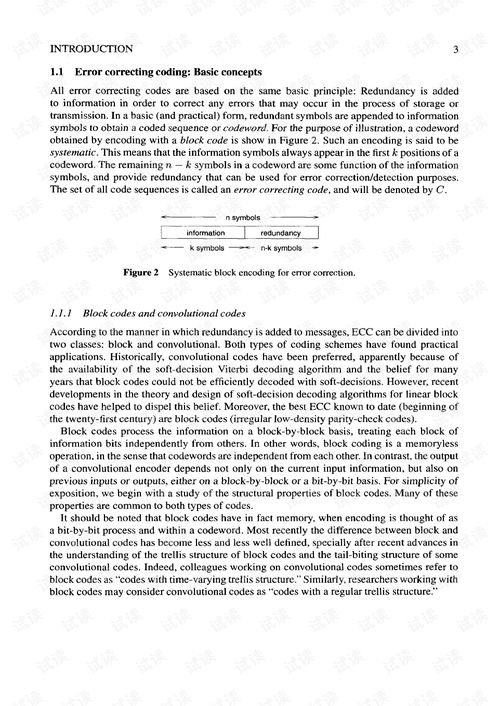
Content:
Introduction: Angling for whitebait, a small, delicate fish, is a popular activity among anglers. Whitebait, known for their delicate taste and high protein content, are a favorite catch for many. However, catching whitebait can be challenging due to their elusive nature and quick movements. In this article, we will discuss the essential techniques and tips for successful whitebait fishing in water.
Understanding Whitebait Behavior: To effectively catch whitebait, it is crucial to understand their behavior and habitat. Whitebait are found in freshwater and brackish waters, typically in shallow streams, rivers, and coastal areas. They are known for their rapid swimming abilities and tend to be active during dawn and dusk. By understanding their habits, you can tailor your fishing techniques accordingly.
Choosing the Right Equipment: The right equipment is essential for successful whitebait fishing. Here are some key tools to consider:
a. Rod and Reel: A lightweight spinning rod with a sensitive tip is ideal for whitebait fishing. A compact reel with a smooth drag system is also important to handle the light line and delicate nature of whitebait.
b. Line: Use a thin, monofilament line with a low visibility color, such as clear or green. The lighter the line, the less likely it is to spook the whitebait.
c. Hooks: Small, sharp hooks, typically ranging from size 8 to 12, are suitable for whitebait. The size of the hook depends on the size of the bait you are using.
d. Bait: Live bait, such as worms, insects, or small pieces of fish, is often effective for catching whitebait. Alternatively, you can use artificial lures designed specifically for whitebait fishing.
Locating Whitebait: To increase your chances of catching whitebait, it is important to locate their preferred habitats. Here are some tips for finding whitebait in water:
a. Look for areas with flowing water, such as streams or rivers, as whitebait tend to congregate in these areas.
b. Pay attention to areas with abundant vegetation, as whitebait often seek shelter among plants.
c. During dawn and dusk, when whitebait are most active, try casting your line in these periods to increase your chances of a successful catch.
Casting Techniques: Casting is a crucial skill for whitebait fishing. Here are some techniques to improve your casting accuracy:
a. Use a gentle, overhead cast to minimize noise and spook the whitebait.
b. Cast your line upstream, allowing the current to carry the bait downstream towards the whitebait.
c. Practice your casting techniques to achieve a consistent and precise cast.
Patience and Timing: Whitebait fishing requires patience and timing. Here are some tips to help you improve your chances:
a. Wait for the right conditions, such as calm weather and low tide, to increase your chances of catching whitebait.
b. Be patient and observe the water carefully. Whitebait often exhibit subtle movements, so take your time to identify potential targets.
c. If you do not catch anything, try changing your location or adjusting your techniques to find more active whitebait.
Handling and Release: Once you have caught a whitebait, it is important to handle it gently to minimize stress. Here are some tips for handling and releasing whitebait:
a. Use a soft, wet grip to avoid damaging the fish's scales and fins.
b. Keep the fish in the water while unhooking it to prevent it from becoming dehydrated.
c. Release the whitebait as quickly as possible, ensuring it has a fair chance of survival.
Conclusion: Catching whitebait can be a challenging but rewarding experience. By understanding their behavior, choosing the right equipment, and applying effective techniques, you can increase your chances of success. Remember to be patient, observe the water carefully, and handle the fish gently. With practice and persistence, you will master the art of whitebait fishing and enjoy the thrill of the catch.












